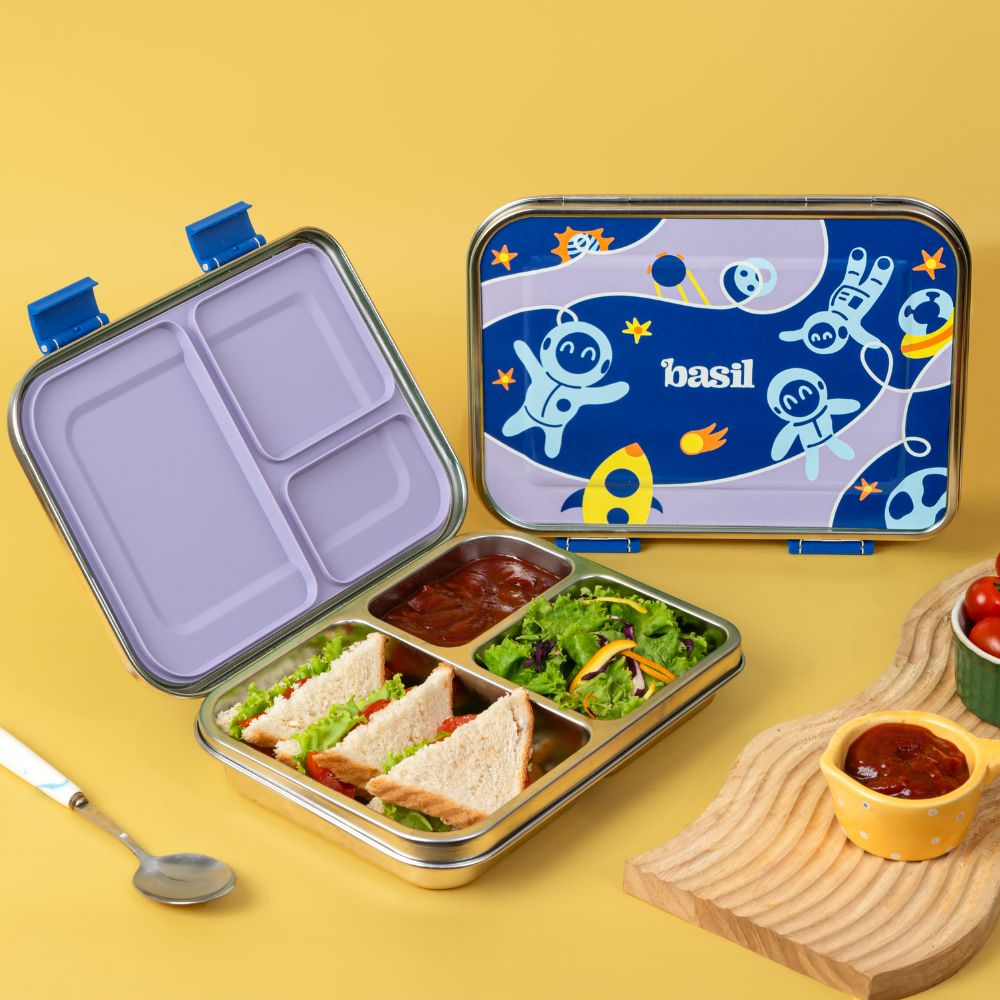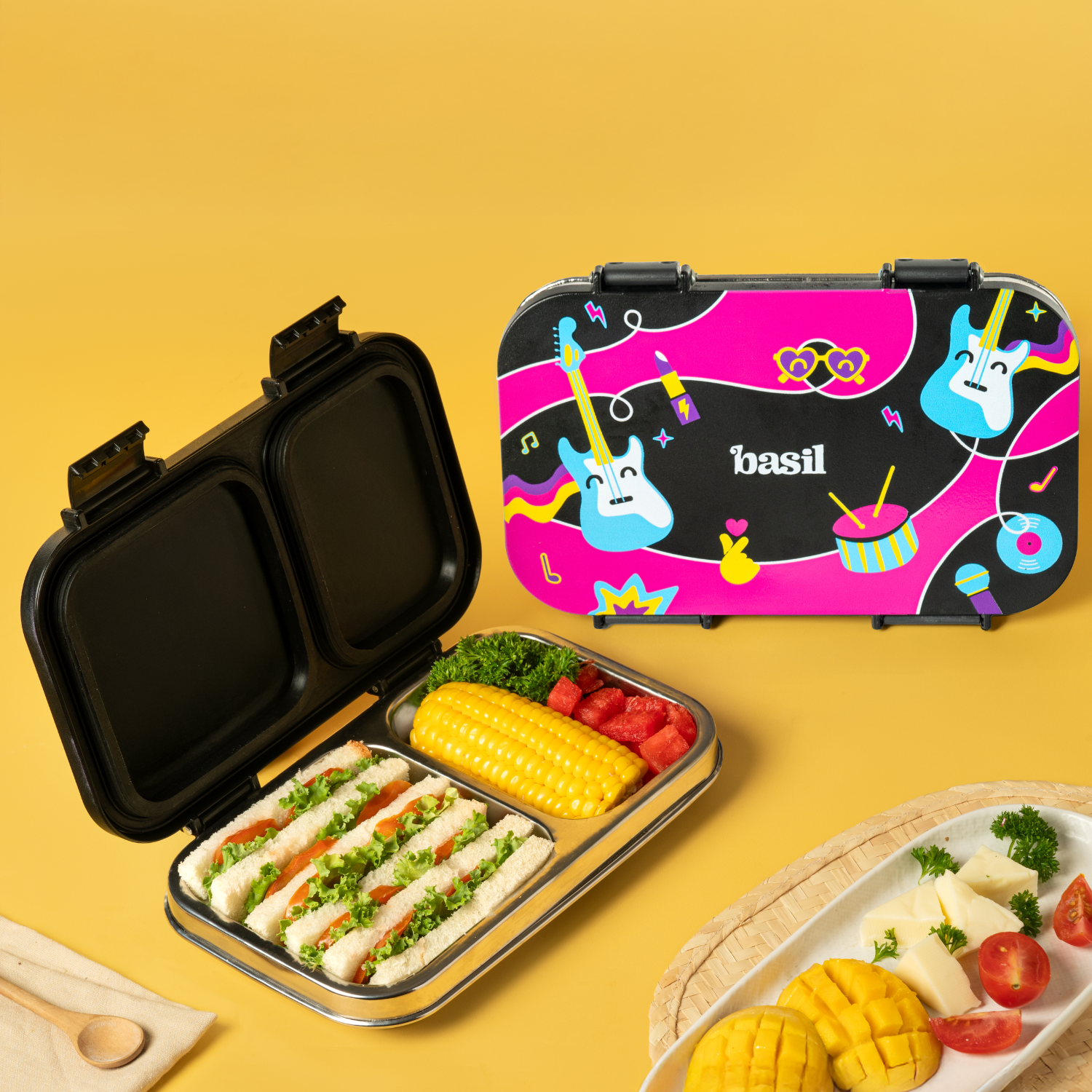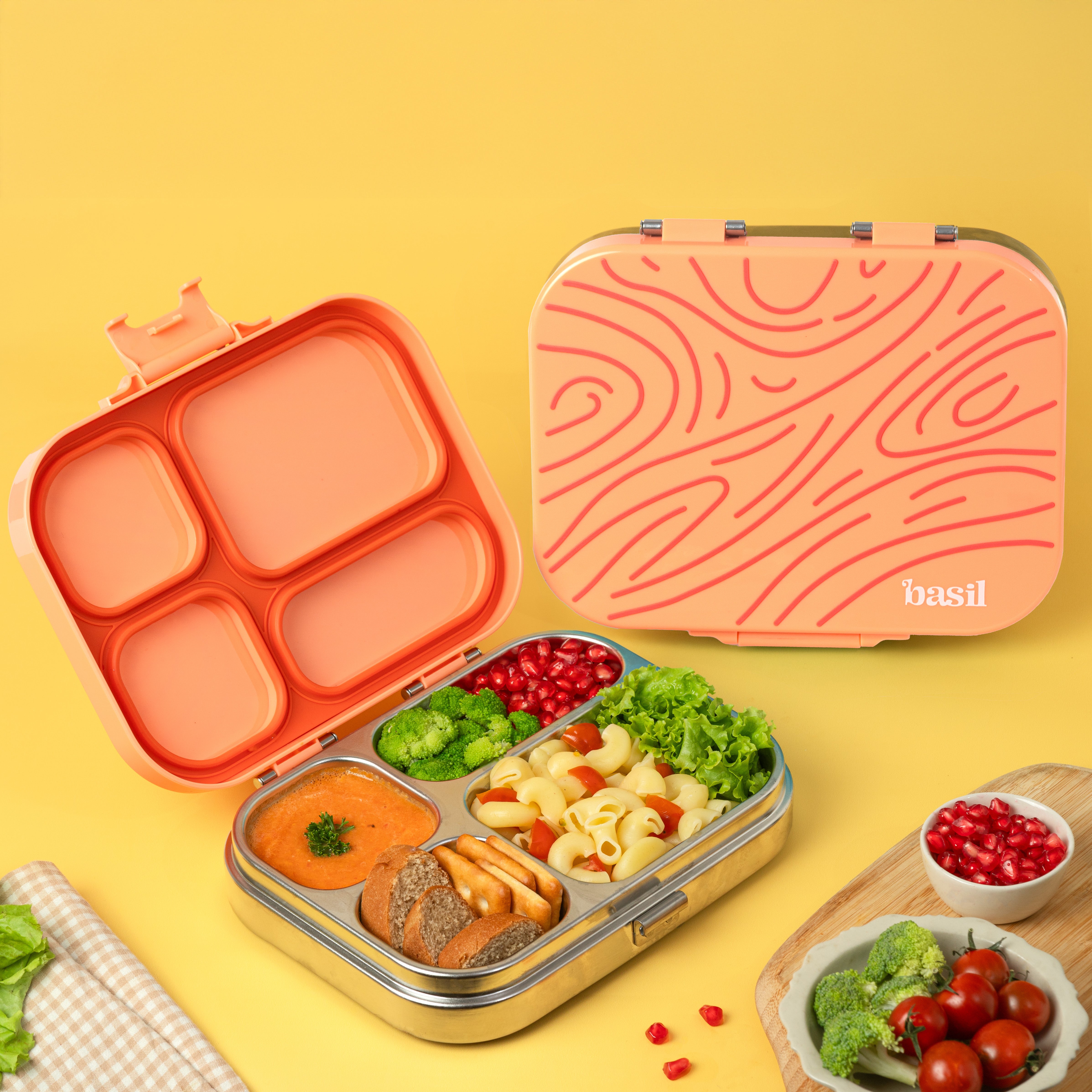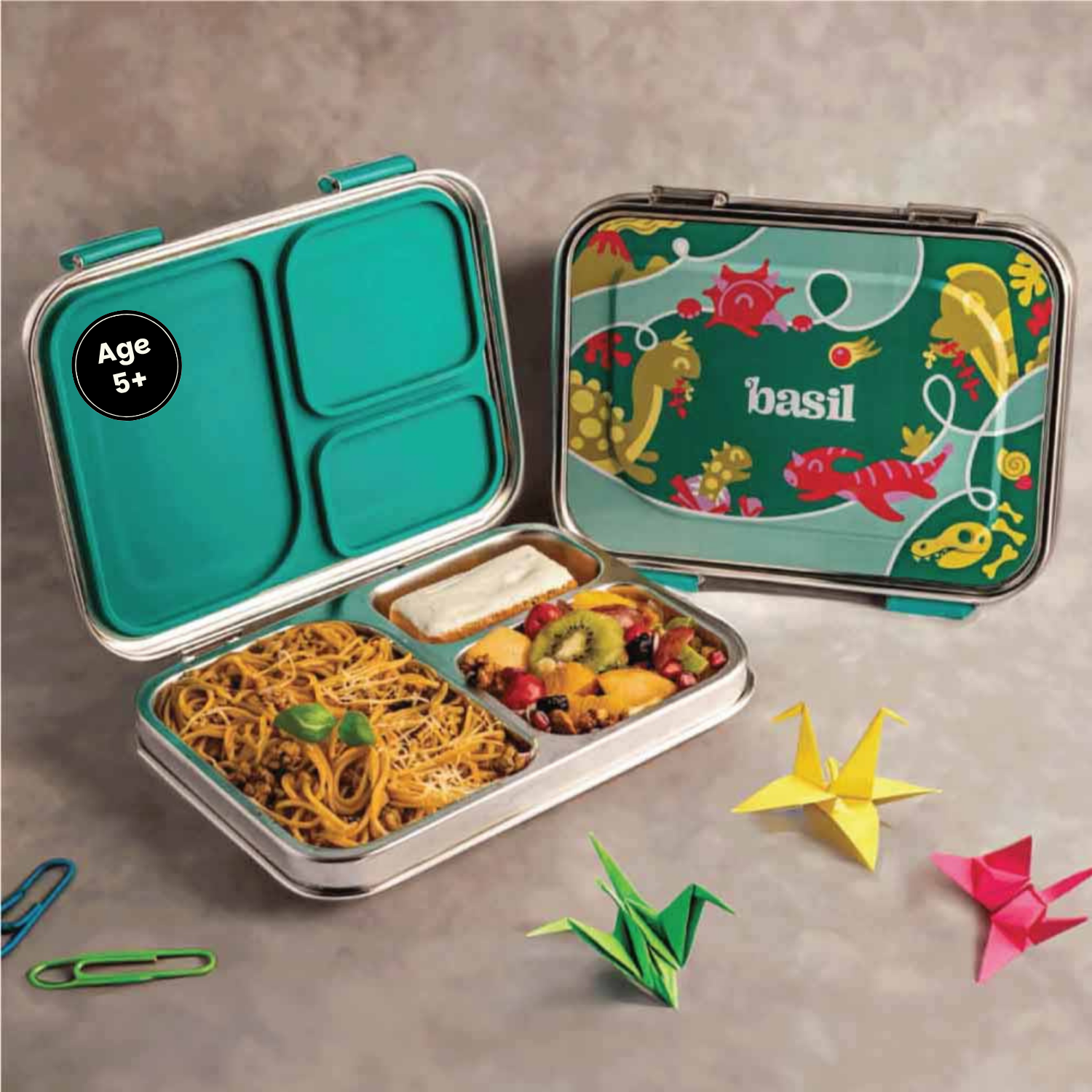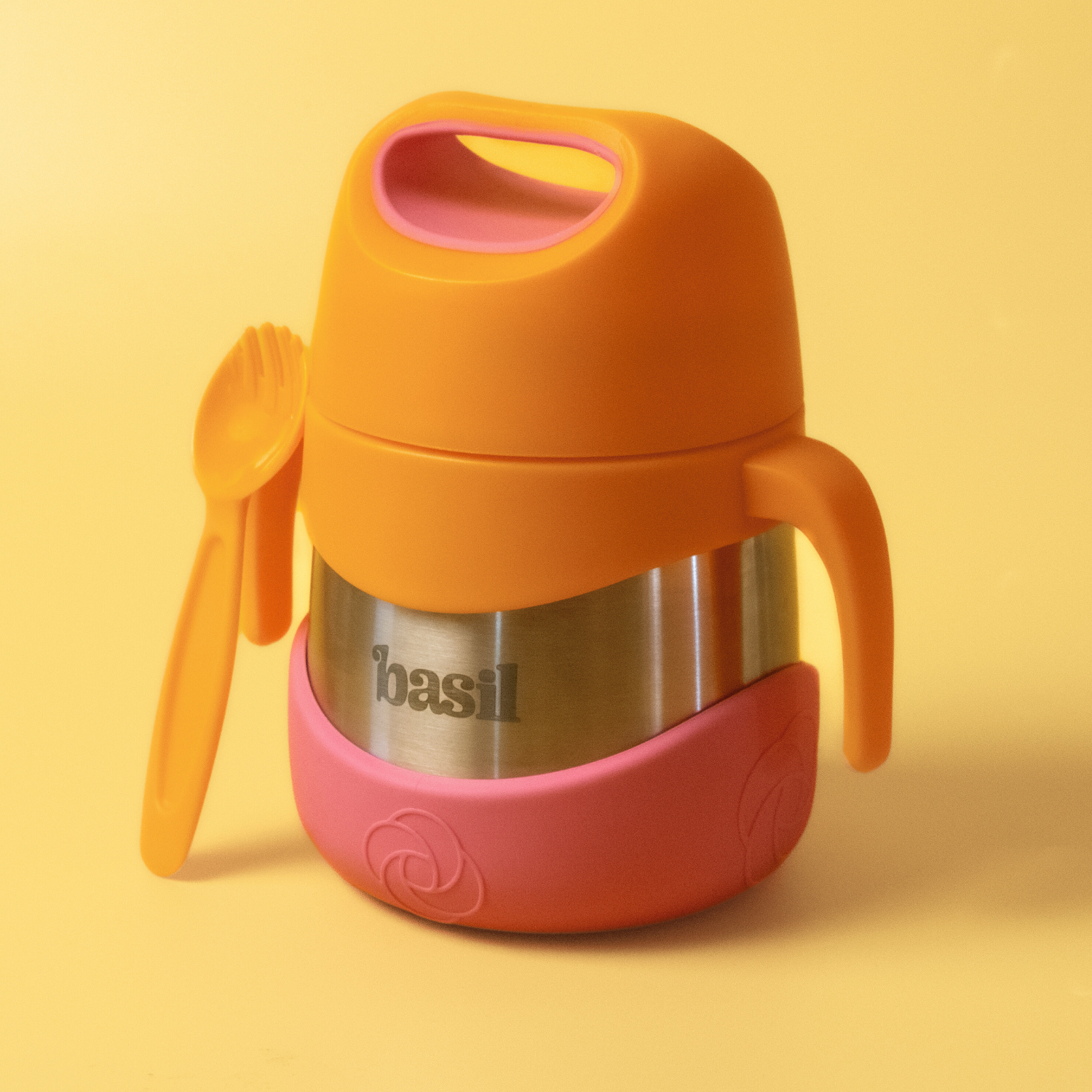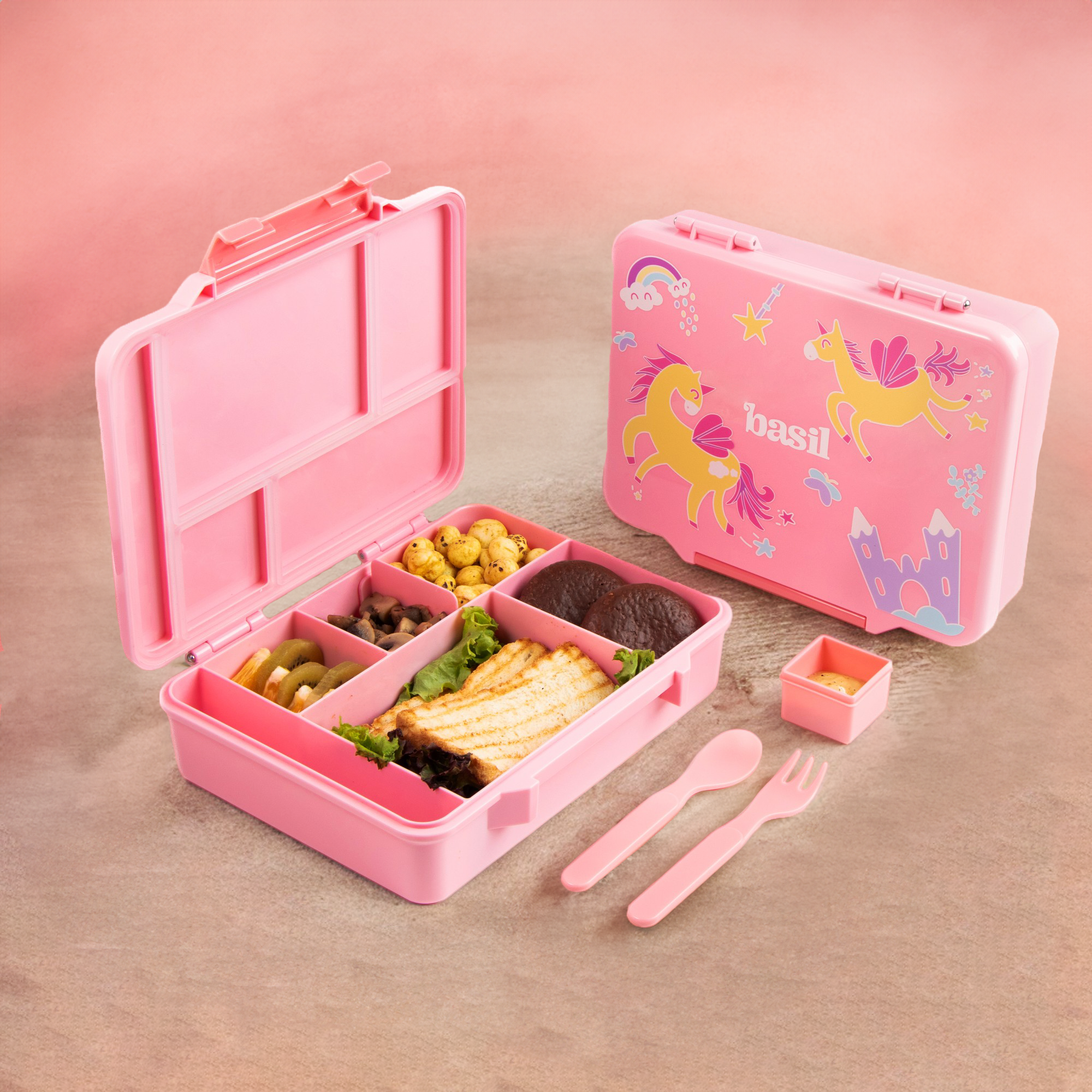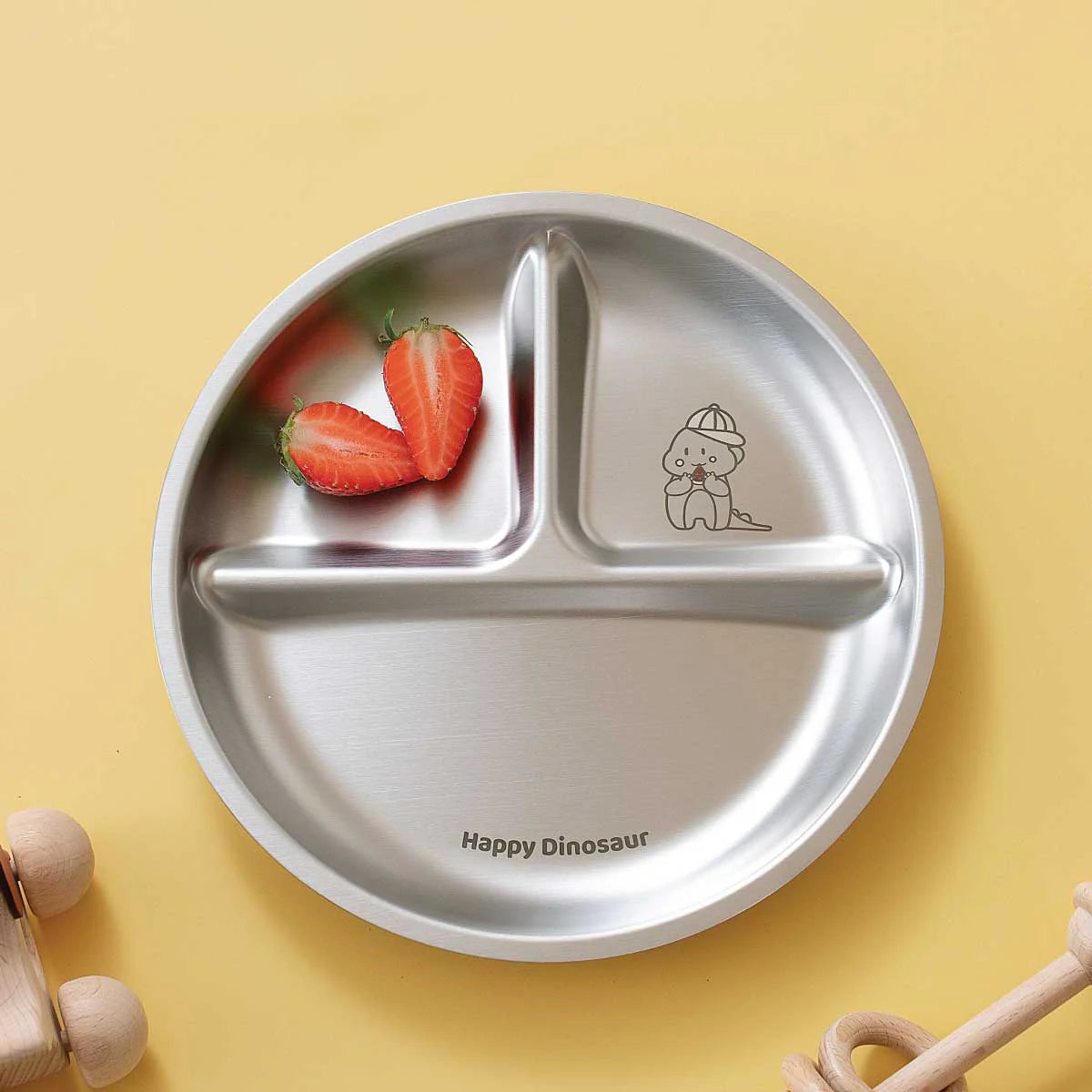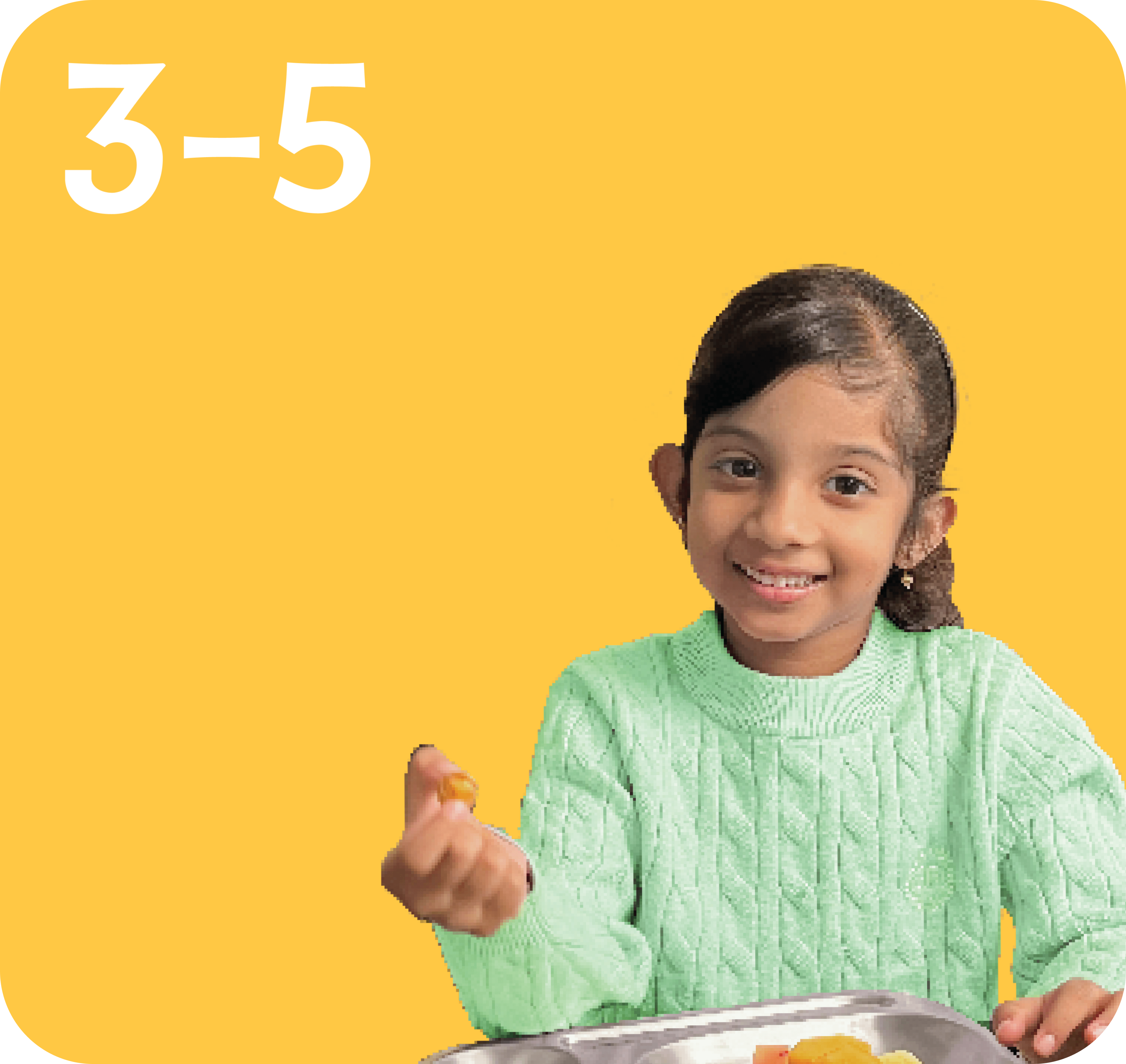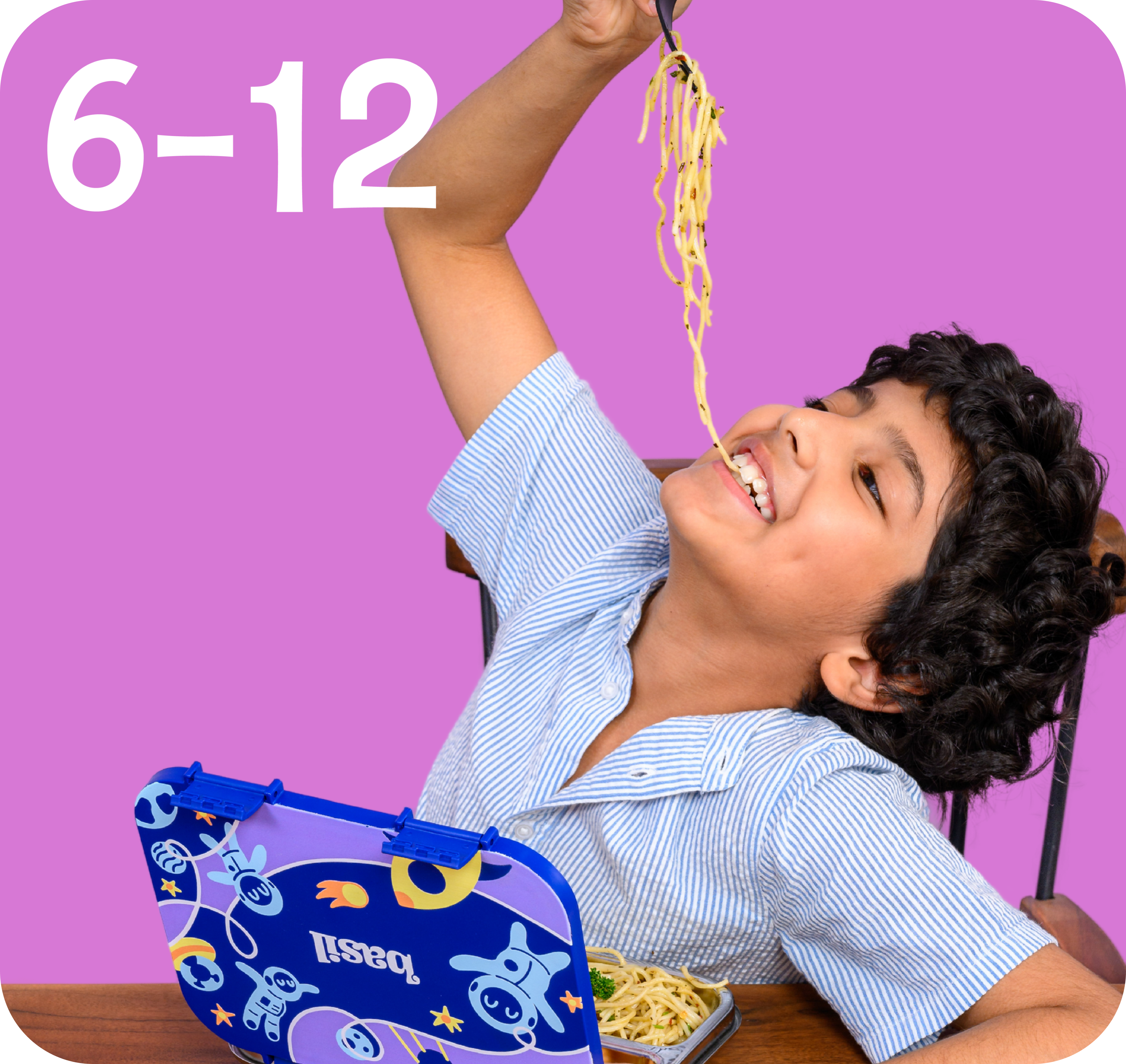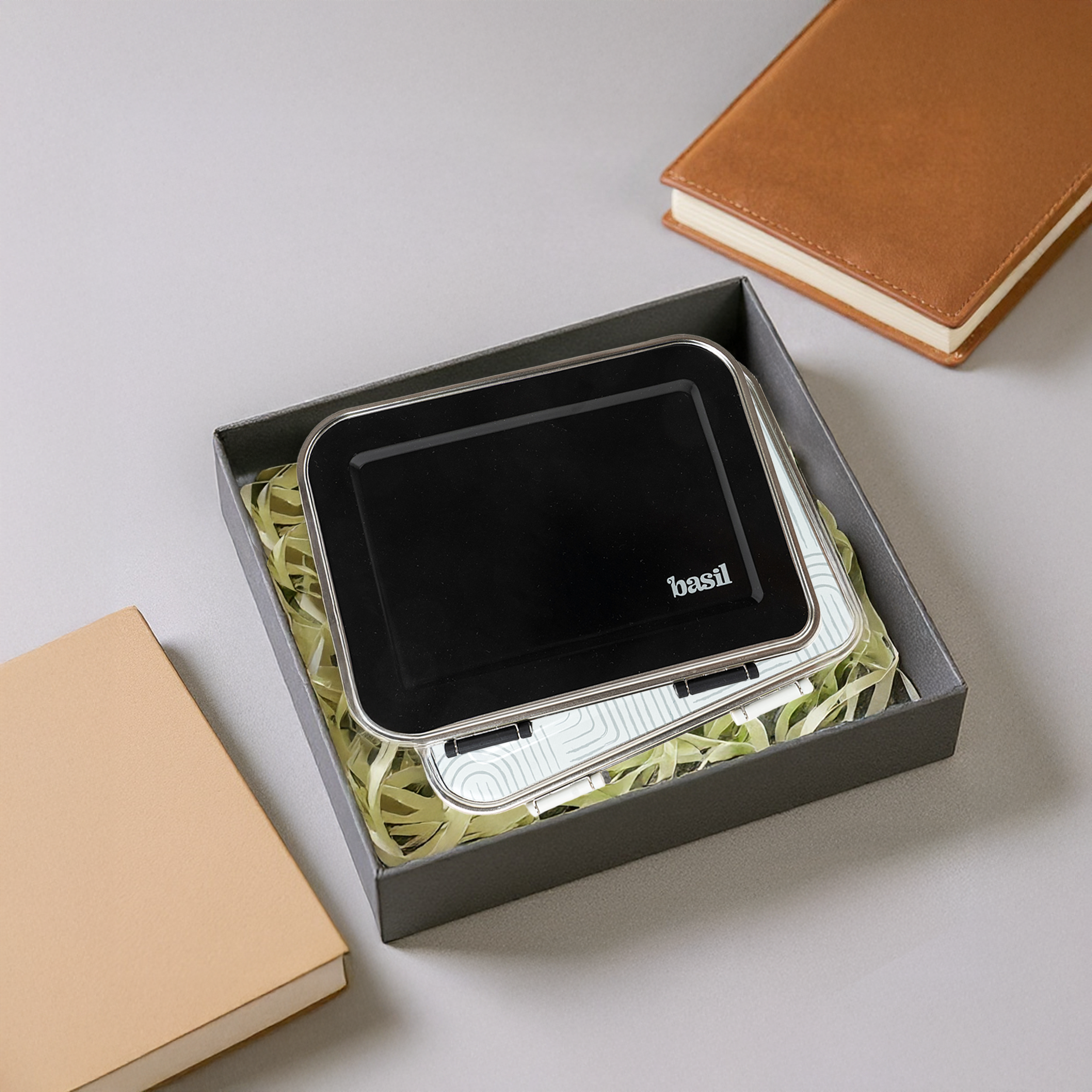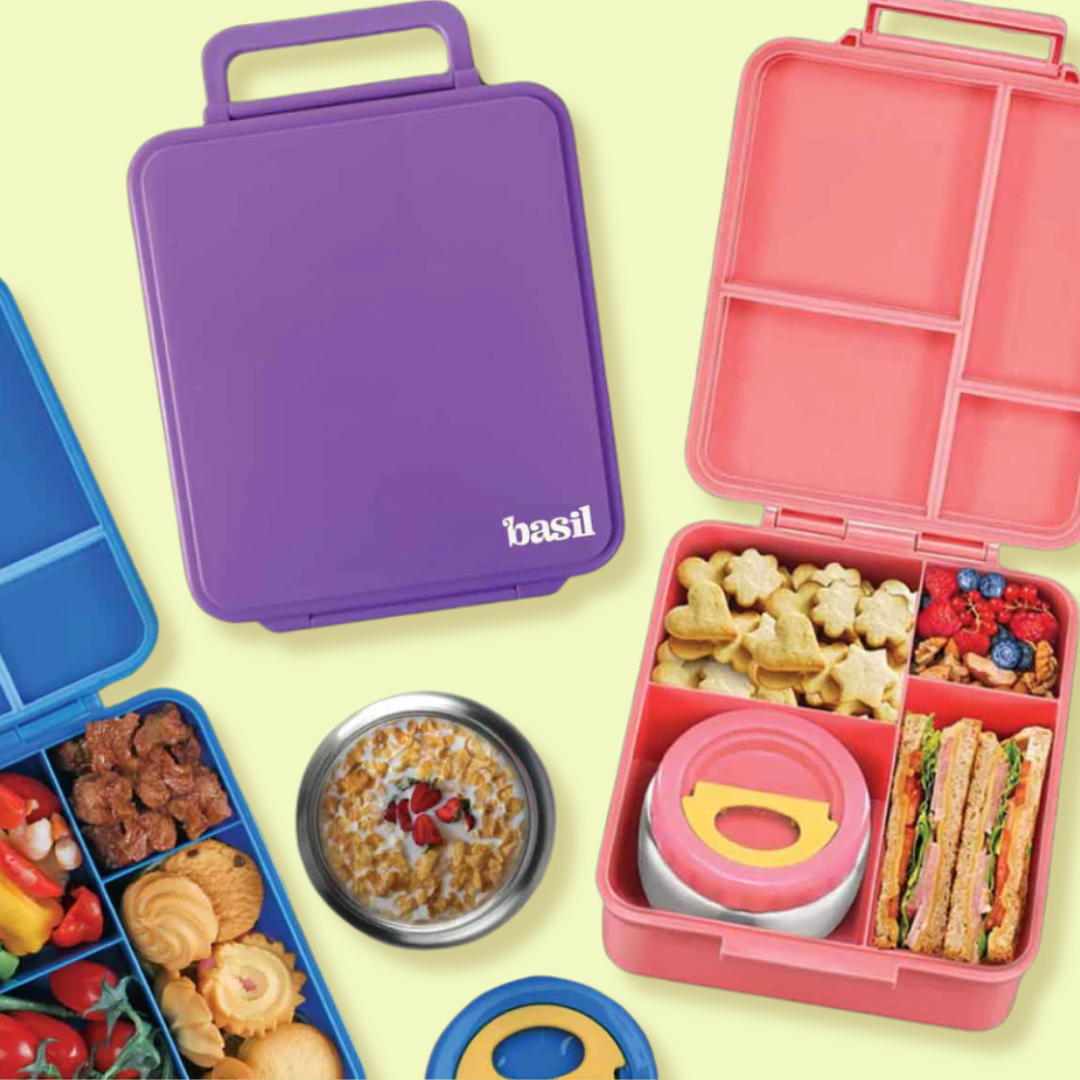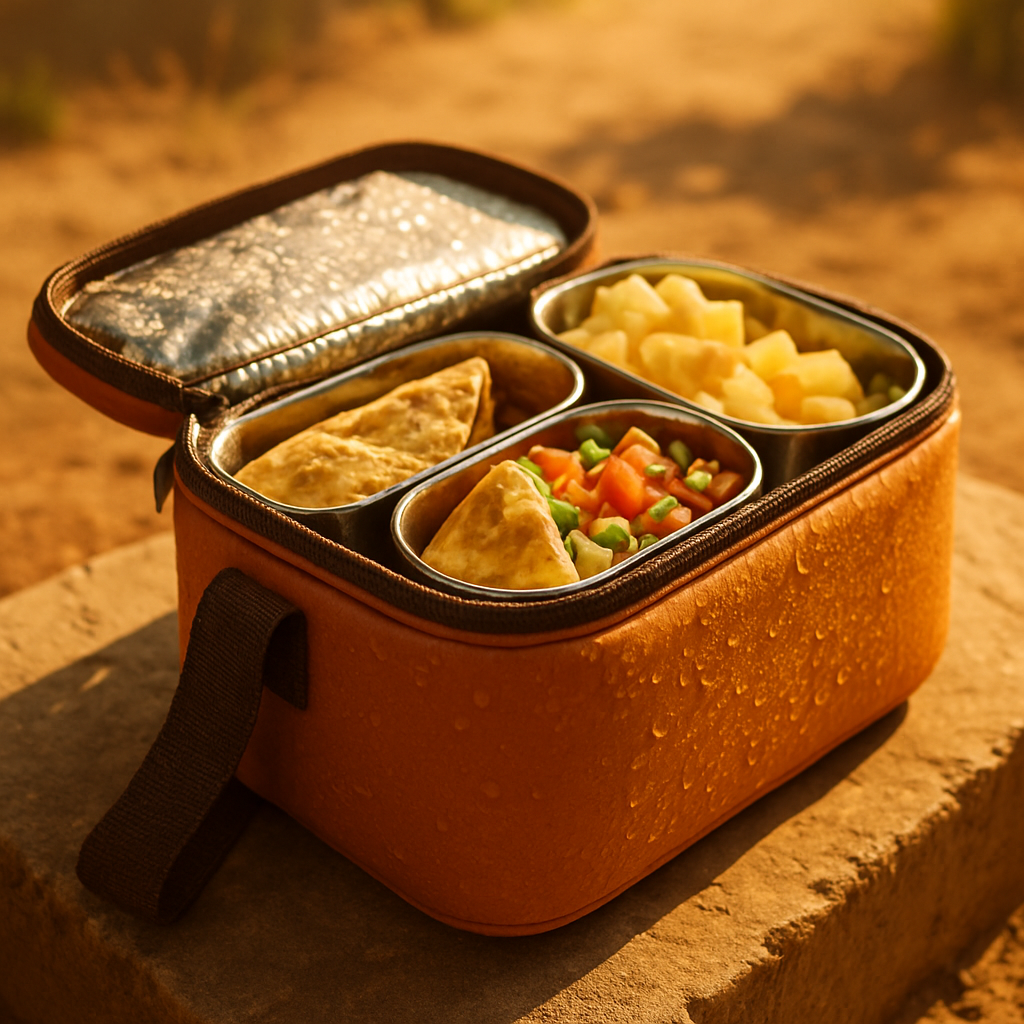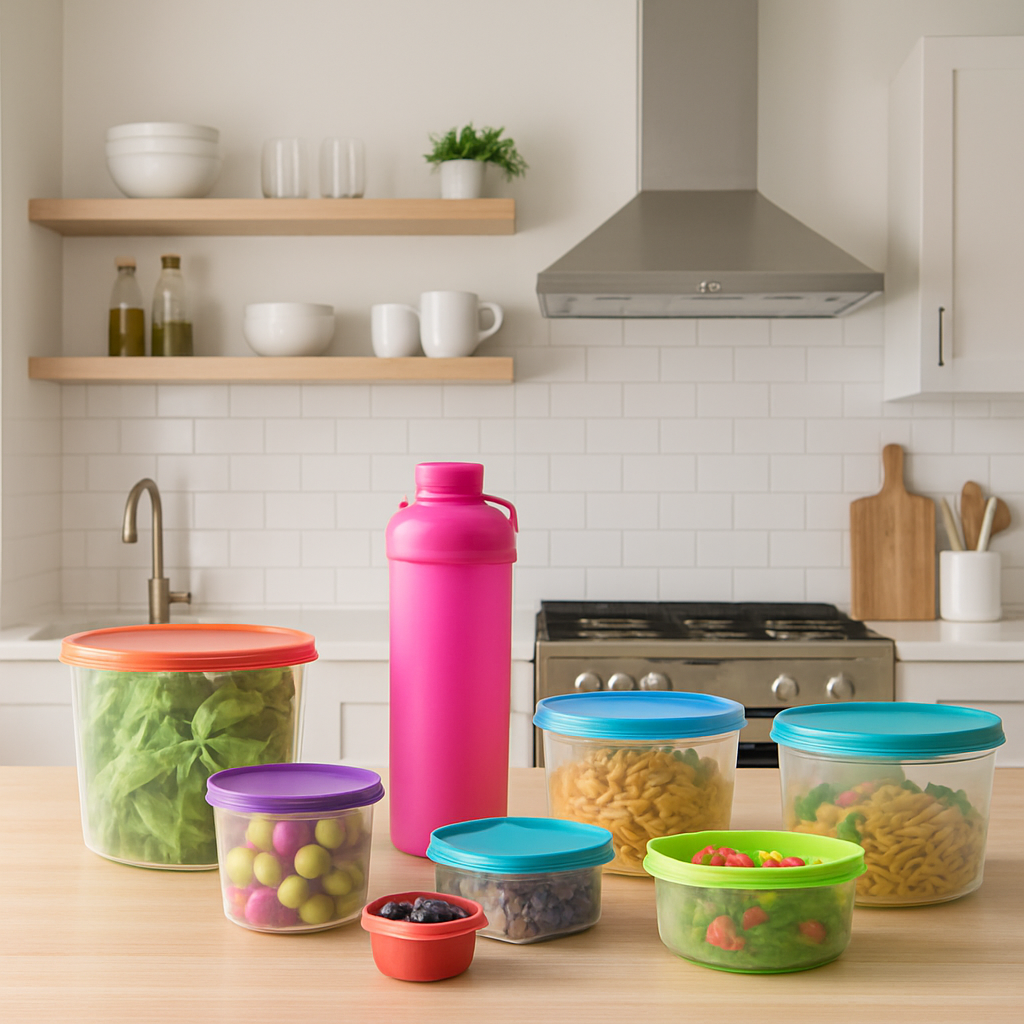Tips for Packing School Lunches Quickly & Efficiently
Introduction
Packing nutritious and efficient school lunches is vital for a child's overall health and academic performance. This process not only addresses the dual need for speed in the morning routine, which can often be hectic for both parents and children, but it also ensures that children receive balanced nutrition during their school day. A well-prepared lunch can provide the necessary energy and focus required for learning and participating in various school activities, ultimately contributing to a child's success in their educational journey.
Understanding the Basics: Why Efficient Packing Matters
Efficiently packed school lunches offer numerous benefits that go beyond just saving time in the morning rush. One of the primary advantages is enhanced nutrition. When parents take the time to pack lunches at home, they can ensure that their child is receiving a balanced meal filled with essential vitamins and minerals required for optimal growth and development. In contrast, relying on cafeteria food can lead to less nutritious options that do not adequately meet a child's dietary needs.
Moreover, preparing lunches at home can result in significant cost savings. Parents can purchase ingredients in bulk and prepare larger quantities, reducing the cost per meal compared to buying pre-packaged or cafeteria food. This not only helps in managing the family budget but also promotes the idea of mindful eating and spending.
Another critical aspect of efficient packing is its positive impact on the environment. By choosing to pack lunches in reusable containers and reducing reliance on single-use plastic bags and cutlery, families can effectively decrease their environmental footprint. This aligns with growing awareness and commitment to sustainability.
Additionally, home-packed lunches provide an excellent opportunity for creativity and fun. Parents can tailor meals to their child's specific dietary needs and preferences, allowing for a variety of options throughout the week. Incorporating unique themed designs, such as rockets or dinosaurs, from collections like Basil can make the entire meal packing exercise exciting and engaging for children. Ultimately, these packed lunches not only foster a connection to healthier eating habits but also reduce reliance on less nutritious cafeteria options, setting the stage for their success both in and out of the classroom.
Step-by-Step Guide to Packing School Lunches Quickly

-
Utilize meal planning:
Deciding on a weekly lunch menu that features a diverse array of balanced meals is an effective way to ensure that your child enjoys a nutritious diet. By planning meals in advance, you not only save valuable time during busy mornings but also guarantee that your child is receiving wholesome nourishment throughout the week. This thoughtful approach allows you to take into account your child's unique dietary preferences and nutritional requirements, further enhancing their overall meal experience. You can incorporate various food groups and flavors into the menu, making each lunch exciting and enticing, which can help foster a love for healthy eating that lasts a lifetime.
-
Prep in advance:
To streamline your lunch packing process, it's essential to wash, cut, and store fruits and vegetables ahead of time for easy assembly. By preparing these items in advance, you can significantly reduce the time spent on busy mornings. Keeping the prepped produce in separate containers or zip-lock bags not only helps to prevent spoilage but also ensures you can easily grab and pack fresh ingredients each day. This method allows for quick selection of nutritious options for your child's meals. Additionally, you might want to consider using a salad spinner to wash and dry greens efficiently, as this tool can help keep your leafy vegetables crisp and ready to go, making healthy eating even more convenient.
-
Use efficient tools:
Incorporate bento boxes or reusable containers into your lunch packing routine, as they are not only practical but also fun for kids. These options, such as compartmentalized boxes, are designed to prevent food from mixing, which helps to maintain the freshness and integrity of each item. When selecting bento boxes, it's advisable to look for those that come equipped with insulated layers. This feature is particularly beneficial as it keeps food at the desired temperature, ensuring that every meal remains tasty and appetizing by lunchtime. Such containers not only add an element of excitement to lunchtime but also foster healthier eating habits by providing a visually appealing and organized way to enjoy balanced meals.
-
Involve kids:
One effective strategy to encourage healthy eating habits in children is to allow them to help or make choices when it comes to their meals. This not only saves time for parents but also plays a crucial role in motivating children to eat what is presented to them. Research shows that when children are actively involved in the decision-making process, they tend to express more interest in their meals and are more likely to eat them. To facilitate this, consider setting up a self-packing station equipped with various snacks and sides. This allows kids the freedom to choose what they want to include in their lunch, making it a fun and engaging experience. By doing this, you are promoting both autonomy and responsibility in their eating habits, which can lead to more positive attitudes toward food and overall healthier choices in the long run.
-
Consider innovative options:
Opt for products that combine fun and functionality, such as Basil’s leakproof bento boxes with creative designs that make lunch an enjoyable experience for kids. Bento boxes with colorful themes and engaging compartments can make lunch more appealing and enjoyable for children.
Creating Balanced and Nutritious Menus
Planning balanced and nutritious school lunches is essential for supporting your child's growth and concentration throughout the school day. A balanced menu includes all essential food groups like proteins, carbohydrates, fruits, vegetables, and dairy, providing the energy and nutrients your child needs. Based on the information from "Nourishing Minds", incorporating whole grains, lean proteins, fresh fruits, and vegetables into daily lunch menus enhances physical health and cognitive abilities.
For instance, this is an example of a meal plan for your kid that works on a balanced menu!
Day |
Menu |
|---|---|
Monday |
Turkey wrap, apple slices, carrot sticks, cheese cubes. |
Tuesday |
Quinoa salad, orange segments, cucumber slices, yogurt. |
Wednesday |
Whole grain pasta with marinara sauce, cherry tomatoes, mixed berries, and almonds. |
Thursday |
Grilled chicken sandwich on whole wheat bread, banana, bell pepper strips, and hummus. |
Friday |
Brown rice and vegetable stir fry, pineapple chunks, dried apricots, and milk. |
Customizing these menus to fit your child’s specific tastes and dietary needs is crucial. For example, consider having designated 'mix and match' days where kids can choose their fruits and vegetables, encouraging a nutrient-rich, colorful diet.
Additionally, paying attention to portion control and including a hydrating element, such as water or 100% fruit juice, can help maintain energy levels and concentration in class.
Efficiency Hacks for Parents
Identify and create a lunch packing station in the kitchen. A dedicated space can streamline the process, making it easier to access ingredients, tools, and packing materials in one place. A well-organized station speeds up the entire operation, reducing the morning rush. Consider using decorative jars or containers for storing frequently used items such as nuts, snacks, and condiments
Incorporate technology or apps for meal planning and grocery shopping. Apps like Amiyaa can help parents efficiently organize and schedule meals for the week. This technology can simplify meal planning by providing lists of ingredients, scheduling options, and the ability to track grocery needs, thereby optimizing your time throughout the week and ensuring you have all necessary items in advance
Use leftovers strategically to save time and reduce waste. Transforming last night's dinner into today's lunch is both time-efficient and environmentally friendly. For instance, leftover rice can be reimagined into fried rice or rice salads. Such practices help deplete fridge clutter and encourage sustainable food consumption
Delegate tasks when possible. Encouraging older children to participate in their lunch preparation promotes responsibility and eases the burden on parents. Children can be tasked with washing fruits, placing snacks in containers, or even assembling simple sandwiches
Packing Fun: Making Lunch Exciting for Kids

Creative presentations and shapes can make lunch more appealing for children. Use cookie cutters to create fun shapes, and consider themed lunches using Basil's themed products like rocket or dinosaur designs
Involve your children in the lunch-packing process by letting them choose or create some of the fun shapes themselves. This not only makes the process enjoyable for them but also encourages them to eat what they've helped prepare. Consider using colorful fruits and vegetables, as a variety of colors make the meal look more inviting and nutritious, combining health with fun.
Another exciting idea is to incorporate mini food skewers or sandwich kabobs, which are both visually appealing and easy for small hands to manage. This presentation style can be completed by adding dips or shapes made from fruits and vegetables, such as cucumber flowers or carrot stars, to elevate the visual appeal of the lunch box.
For adding a bit of adventure, themed bento boxes are a great option. By arranging foods in a lunch box to depict an interesting story or theme, such as an under-the-sea or jungle adventure, you can make lunchtime a delightfully engaging time for children. Bento boxes also allow for the organization of diverse foods, which keeps meals neat and prevents tastes from blending.
Addressing Common Concerns: Food Safety and Nutrition
Time Management & Smart Solutions
Implementing time-saving strategies is essential for busy parents. Pre-packing non-perishable snacks and incorporating tools like ice packs can streamline the morning routine, offering convenience. Establishing a weekly meal plan can save time and reduce stress, ensuring that lunches are ready to go each morning without hassle. Consider using an insulated lunch box to maintain the freshness of food during transport.
For additional guidance on efficient lunch packing ideas, visit FarmRich's snack hacks for packing school lunches and discover unique and effective methods for making lunch preparation a breeze.
Food Safety: Ensuring Quality
Use ice packs to keep perishables at safe temperatures, ensuring that food remains below 40°F to prevent the growth of bacteria.
Ensure all containers and utensils are clean and safe. Regular washing and sanitizing can prevent contamination and foodborne illnesses
Select BPA-free lunch boxes and bottles to reduce chemical exposure, especially when packing hot meals or beverages
Children's food should be cut into smaller, manageable pieces to avoid choking risks, particularly with items like grapes or hot dogs.
Incorporating Feedback and Adjustments
Evaluating lunch preferences on a weekly basis is crucial for continuous improvement in meal satisfaction and keeping children engaged in what they eat. By involving your children in the planning and feedback process, you can better understand their likes and dislikes, which helps in crafting meals they look forward to. This also fosters a greater sense of ownership and interest in what they consume, promoting healthier eating habits
One of the effective ways to gather feedback is to open a dialogue about what they enjoyed and what they didn’t. You might also consider implementing a simple feedback chart with smiley faces or a rating system that can help younger children easily communicate their opinions. Use meal planning apps that allow you to save preferences and keep track of their changing tastes over time, ensuring they are getting balanced nutrition that they enjoy
Conclusion: Raising the Bar on Lunchtime Success
A strategic approach to lunch packing not only enhances a child's school day experience but also offers convenience for parents. Implement these tips and adjust them to your family’s needs to ensure nutritious and efficient school lunches. For further strategies on organized lunch packing, explore insights on efficiently packing organized school lunches on Quora.






